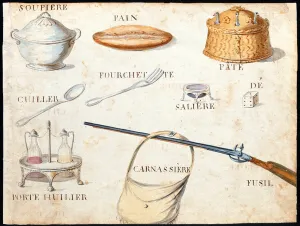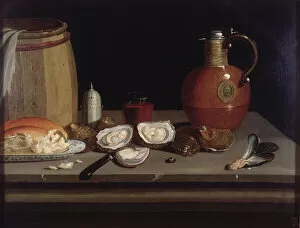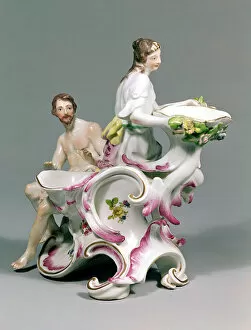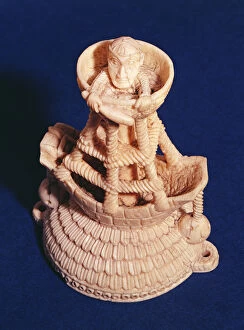Saliere Collection
Saliere, a traditional French term for a salt shaker, is an essential tool in any kitchen
All Professionally Made to Order for Quick Shipping
Saliere, a traditional French term for a salt shaker, is an essential tool in any kitchen. This simple yet functional device allows you to easily season your dishes with just the right amount of salt. Whether you prefer fine or coarse salt, a they are help you achieve the perfect balance of flavor in your cooking. The design of a they are vary widely, from classic glass shakers to modern stainless steel models. Some even come with adjustable settings so you can control the size of the salt grains that are dispensed. No matter what style you choose, having a reliable saliere on hand will make seasoning your food a breeze. In addition to its practical use, a they are also add an elegant touch to your dining table. Many are beautifully crafted and can be displayed as part of your table setting when entertaining guests. With its timeless appeal and functionality, it's no wonder why the humble saliere has remained a staple in kitchens around the world for centuries. So next time you sit down to enjoy a meal, don't forget to reach for your trusty saliere and sprinkle some savory goodness onto your dish. It may be small in size, but its impact on flavor is undeniable. Cheers to this unsung hero of the kitchen – long live the saliere.














